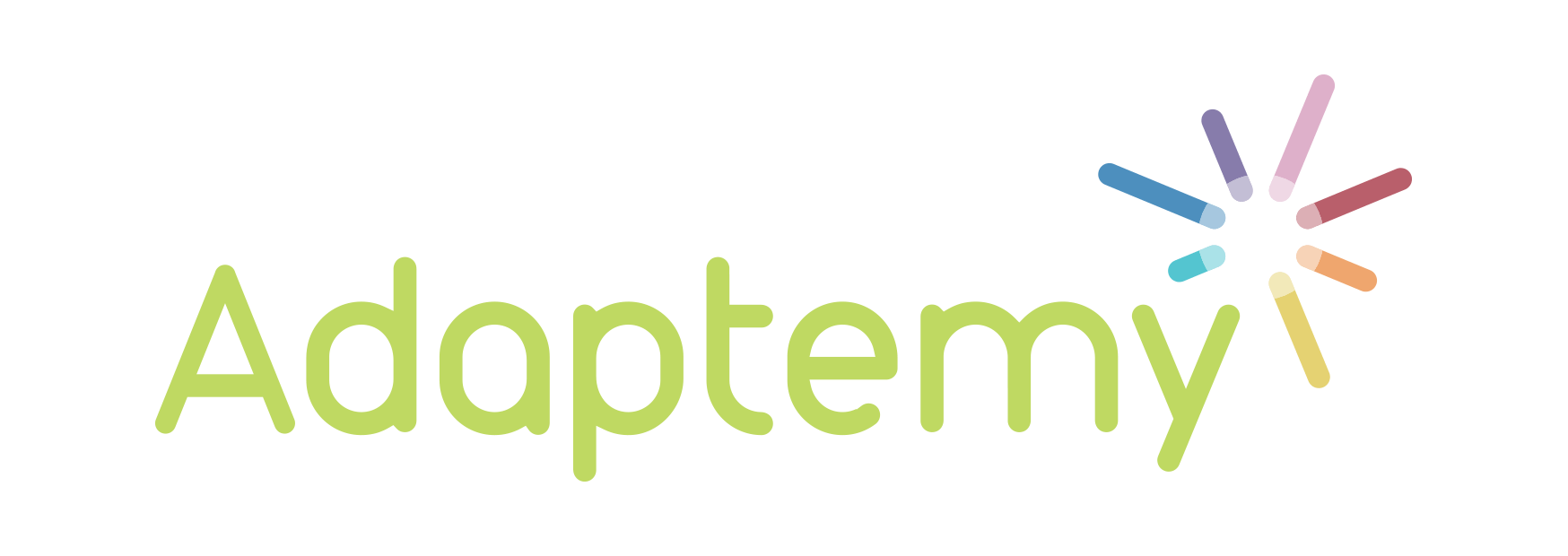
There is a burden on the 21st Century teacher to demonstrate better performance and greater compliance than ever before. And in an ancient and inherently human industry the stats to back up classroom performance have historically been somewhat difficult to provide.
Tech to the rescue?
Could technology be the modern-day teacher’s best aide? When used precisely and appropriately tech can arm an educator with the insight and evidence required to bolster educational politics while enhancing classroom experiences for every child.
This pairs well with children’s intuitive and rapid adoption of technology. The undeniable spread of the Internet, social media and wave after wave of technological innovations, make tech a vital part of young lives and future careers. Spend on mobile devices in Europe alone was over $50bn in 2015.
But while the 21st Century teacher is ready and able to adopt technology in their classrooms, and their students primed to use it, how to do this exactly remains unclear.
The spectrum of today’s edtech solutions
Edtech by true definition refers to any form of teaching and learning that makes use of technology. Interactive whiteboards and tablets are as much a part of this genre as learning apps such as Babble and Duolingo.
Virtual Reality (VR) and Augmented Reality (AR) are the more glamourous and disruptive technologies in this space. Imagine waving a tablet across a page and seeing a 3D model pop up, or taking part in dangerous chemical experiments safe in a virtual world. These are the just two learning scenarios this tech is supporting.
Adaptive learning meanwhile, refers to a highly personalised and intuitive learning journey. It’s learner-centric, bending educational content to best-fit student needs rather than forcing learners down a set software-driven path. These computer programmes do not simply recommend the next topic or concept to the student, they suggest the most appropriate action and content that matches the individual’s learning journey. It’s highly personalised and, essentially, modular.
Why embrace adaptive learning technology?
Supported with this intuitive technology, teachers are witnessing improved learning experiences and outcomes. This year, results from Adaptemy’s worldwide solutions have shown an immediate 8.3%-point grade improvement on average, per lesson; 88% student engagement during learning time (compared to 20-30% during non-adaptive learning lessons); and an 82% lesson pass rate (compared to 60-70% for all e-learning courses).
But the benefits don’t end there. Technology generally makes learning better, more relevant and believable. Access to the Internet alone can make the abstract real for children, while stretching their research skills.
In a study conducted by Cengage Learning, 74% percent of educators reported that the introduction of digital technologies in the classroom has increased students’ academic performance. 73% say it has improved students’ engagement with their courses. Less than 1% reported a decrease in performance or engagement significantly.
We advise publishers to introduce the technology first as digital workbook tool. It can be rapidly deployed and will quickly garner results to evidence its continued use. In turn, this lessens the administrative burden on teachers. Homework assessments are marked in real-time by the software.
There is then, a heightened transparency over the student’s performance and their own. Teachers can clearly see how to adjust the learning experiences for all children while impacting learning outcomes.
A new role for teachers?
A common barrier for teachers in adopting such edtech is conceiving how their role might change. It is an adjustment to be guiding students as they work through the software. The technology puts the learner at the centre of the system.
A paper from The New Teacher Project, an American organisation that works with schools to promote education equality, identifies three new roles for teachers: researcher and developer, integrator and guide.
According to the report, teachers need to “rethink their pedagogies and curriculum in ways that enable students to customise their own paths.”
With algorithms mapped to a curriculum, adaptive learning technology is already enabling the student to experience a customised path. The question then might be, are teachers prepared for this shift in focus? How are learning institutions preparing and supporting teachers for an adjustment in teaching approaches?
How to adopt adaptive learning in your classroom
Today’s best edtech providers recognise that technology should be intentional and introduced only if it can make the classroom a better learning environment, evidenced in outcomes.
For teachers who are curious and keen to explore the power of educational technology in their classroom, here are six questions to ask of any technology you’re considering.
- How will this improve the learner’s experience?
- How can I measure that?
- What opportunities do I have as a teacher to improve learning experiences/outcomes because of this technology?
- Does this improve visibility?
- Does this reduce the administrative burden?
- Can every learner make fair use/have opportunity to use this technology?
Adaptemy partners with publishers across the globe to transform existing curriculum content into effective adaptive learning solutions. To learn more please get in touch.




